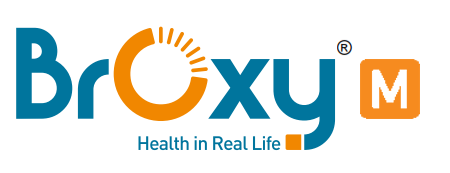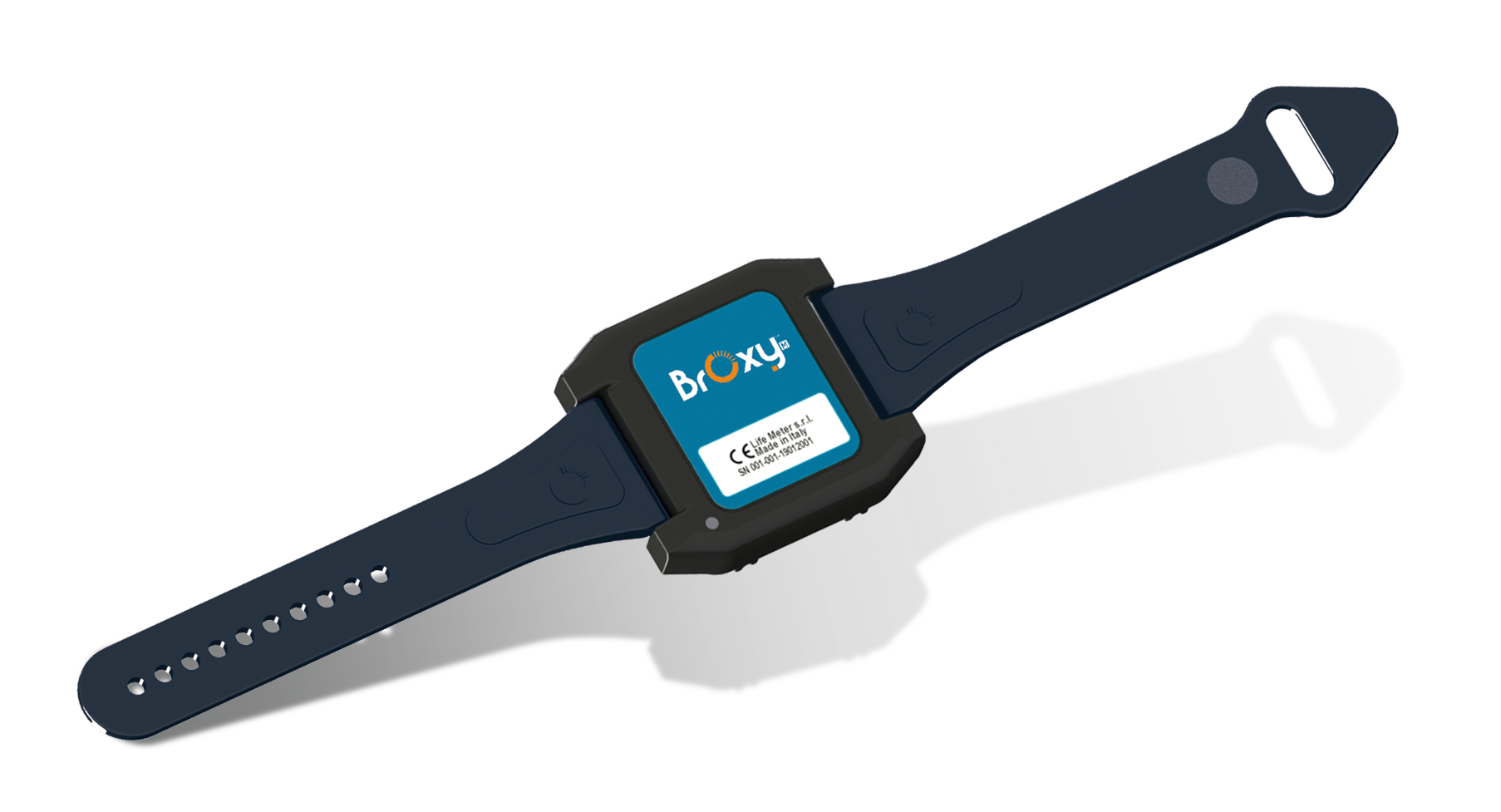THE PULSE OXIMETRY TECHNIQUE
Pulse oximetry is a non‐invasive biometric technique to estimate blood oxygenation – SpO2 (and heart rate (HR)) by evaluating oxygen saturation levels in haemoglobin in peripheral arterial blood.
Currently, this method is universally used as a first step for the diagnosis of respiratory conditions and monitoring of all patients (even critical ones). Due to its convenience, it comes alongside the arterial blood gas analysis (the “gold standard”, which requires blood sampling) and it is an indicator for the need of the latter.
Pulse oximetry is based on the principle that oxygen saturated haemoglobin and haemoglobin non saturated with oxygen absorb differently red and near‐infrared (IR) light.
It uses an optical technique called Photoplethysmography (PPG) to detect the light reflected, scattered or otherwise transmitted through a peripheral tissue perfused with blood. From the signal collected by the PPG sensor, the “peripheral capillary oxygen saturation” (SpO2) is calculated as the fraction of oxygenated haemoglobin over the total haemoglobin transported by the peripheral capillary blood, providing a good estimate for blood oxygenation.
Conventional pulse oximeters used by doctors are medical‐grade recording apparatus that use a clip probe that is placed in the fingertip or the ear’s lobe (areas sufficiently perfused with arterial blood), and require the patient to be confined in a monitoring room.
Currently SpO₂ is typically measured using:
1) FITNESS DEVICES. These solutions are not medical devices, therefore they cannot provide support for the diagnosis and clinical management of patients, their medical use is expressly denied by their respective manufacturers.
2) CERTIFIED MEDICAL DEVICES. Three different methods are used: – INSTANT 2A. The measurement is obtained by placing the sensor on the tip of a finger, keeping the hand still.

Figure: examples of current portable pulse oximeters
2B ASYNCHRONOUS FOR LONG PERIODS OF TIME: DYNAMIC PULSE OXIMETRY. Currently available devices, due to movement restriction limit real life, their use is only for short periods or for night recordings.
2C CONTINUOUS REAL-TIME MONITORING FROM REMOTE. Only possible with wearable devices, usually placed on the patient’s wrist to avoid movement restrictions, requiring a complex IT architectural structure.
LIFE METER has completed the development of a device for dynamic pulse oximetry (cat.2B): BROXY.


STATE OF THE ART OF THE BROXY M SYSTEM
Recently, similar devices to these medical grade pulse oximeters have been launched for home monitoring, but, while they might provide medically acceptable measurements, they are extremely limiting for patients in terms of movement, so their use is restricted to occasional, spot measurements, usually taken during sleep.
Life Meter has completed the development and construction of the BrOxy M (December 2020). Subsequently, a clinical study was carried out on the reliability of the measurements obtained with the device, according to the ISO 80601-261 2017 standard (October 2021).
Click on image below for a short video presentation on our solution
